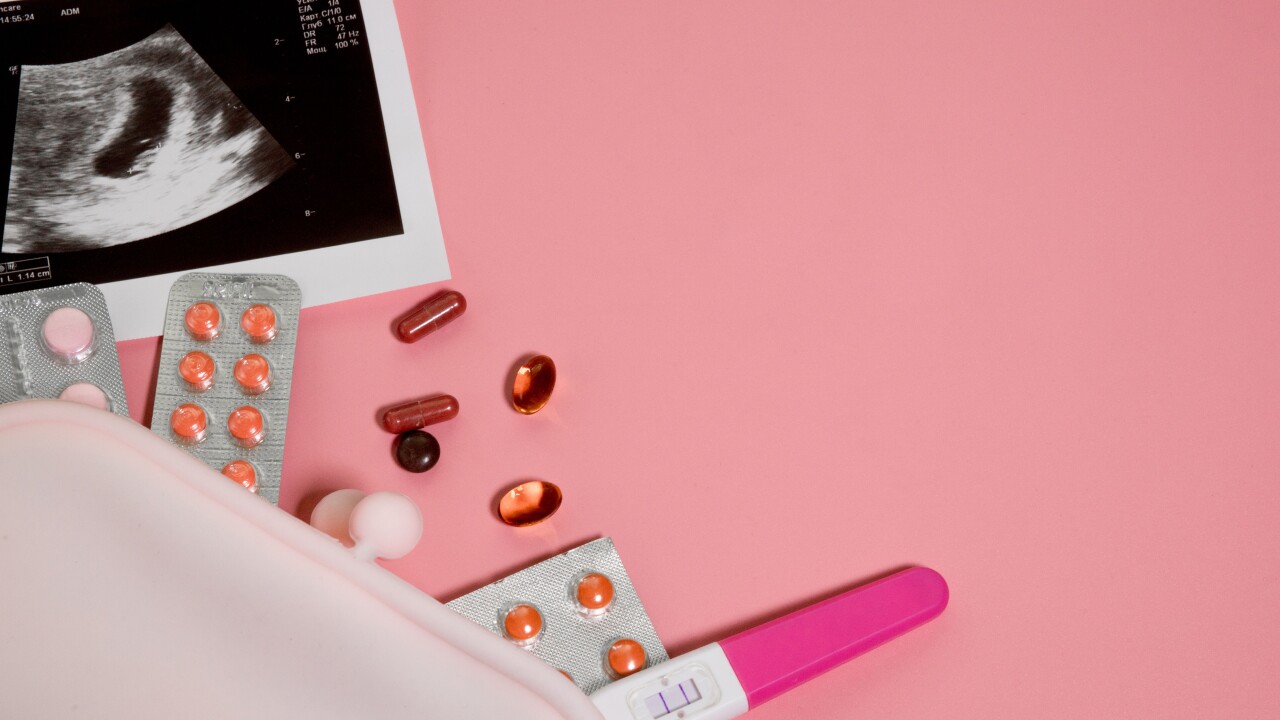The global shipping industry is responsible for transporting as much as 90% of world trade. The number of reported total shipping losses of vessels over 100 gross tons (GT) declined in 2019 to 41 – the lowest total this century and a nearly 70% decline over 10 years.
Improved ship design and technology, stepped-up regulation and risk management advances such as more robust safety management systems and procedures on vessels are some of the factors behind the long-term improvement in losses, but a number of new risks are emerging.
Cyber Threats
Modern shipping is increasingly connected to shore-based infrastructure through shipboard systems, including those used for navigation, monitoring engines and cargo management. Cyber concerns are growing in the shipping sector as these systems could be hacked or infected with malware. The 2017 NotPetya malware attack crippled ports, terminals and cargo handling operations. Since then a number of ports and shipping companies have been hit by ransomware attacks.
In February 2019, the US Coast Guard revealed a large commercial vessel bound for New York suffered a malware attack that degraded functionality after targeting the on board network. Recent years have also seen a growing number of GPS spoofing incidents, in particular in the Middle East and more recently China. A study by the Centre for Advanced Defense Studies (C4ADS) found hundreds of vessels around Shanghai were spoofed against over a period of months.
As cyber risk has evolved, so has marine insurance. Insurers have been clarifying cyber coverage in traditional marine insurance policies as well as developing specialist insurance.
Allianz, for example, now offers additional hull and machinery cover specifically for cyber risks.
The coronavirus outbreak is impacting the cyber risk landscape too, with reports of maritime and offshore energy companies having faced a 400% increase in attempted cyber- attacks since the pandemic began.
Technology: Growing Factor in Collisions and Groundings
The way in which ships and crew are interacting with technology has become a significant factor in collisions and groundings. UK-registered container ship ANL Wyong and the Italian registered gas carrier King Arthur collided during fog off Gibraltar in August 2018. The collision was due to an over-reliance on, and mis-interpretation of, automatic identification system (AIS) data, according to an investigation by the UK’s Marine Accident Investigation Branch (MAIB).
In another incident investigated by the MAIB, the passenger ferry Red Falcon collided with a private yacht and grounded in Cowes Harbour, England, in February 2020 after the master became “cognitively overloaded” and “fixated” upon the information displayed on his electronic chart.
Last year, the US Navy said it was to replace touch screens with manual controls in 2020 after an investigation into the fatal collision in 2017 involving the USS John S McCain, which found the complexity of the control system and a lack of training led to the incident.
However, rather than retreat from technology, ship owners would be better to focus on crew training. The industry needs to start learning from successful journeys, not just accidents. In the past, data was hard to come by, but now we are at a point where we can capture data in real time and evaluate safe operations, and use the insights to develop new technology, inform training and improve crew and safety culture.
Industrial Control Systems
Over the years, the shipping industry has moved from time-based maintenance to condition- based maintenance, and with digitalization, it will shift towards predictive or preventative maintenance. This move to onshore monitoring of engines will have a number of implications for risk and data, and could help reduce machinery breakdown incidents, one of the biggest causes of marine insurance claims.
Human error is a big factor in machinery breakdown losses. Even a well-trained crew can make mistakes that can lead to damage or breakdown. Real-time onshore monitoring, by owners in consultation with manufacturers, and preventative maintenance could reduce incidence of human error.
For additional insights into Allianz’s 2020 Safety & Shipping Report, please visit https://www.agcs.allianz.com/news-and-insights/reports/shipping-safety.html






